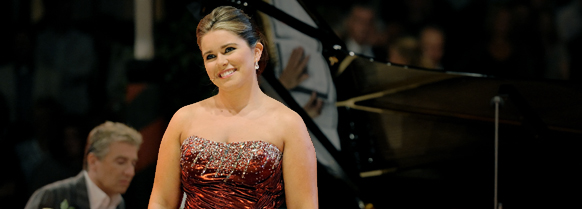Tag: Antonin Dvorak
-

PROGRAM NOTES: DORIC STRING QUARTET WITH MARC-ANDRÉ HAMELIN
Jean Sibelius Quartet in D minor Op. 56 Voces Intimae Sibelius’ Quartet in D minor was completed in 1909 and has five movements, symmetrically arranged in an arch form around the lyrical third-movement Adagio, with scherzos on either side separating it from the opening movement and finale. The name Voces Intimae derives from a Latin…
-

PROGRAM NOTES: TARA ERRAUGHT
Johannes Brahms: Zigeunerlieder (Gypsy Songs), Op. 103 More than half of Brahms’ total output was vocal, including over two hundred art songs and an additional hundred folksong arrangements. Most of them are serious, introspective, resigned or elegiac in mood. Ardent, impulsive effusions are rare, and the musical pictorialism so dear to Schubert is likewise…


